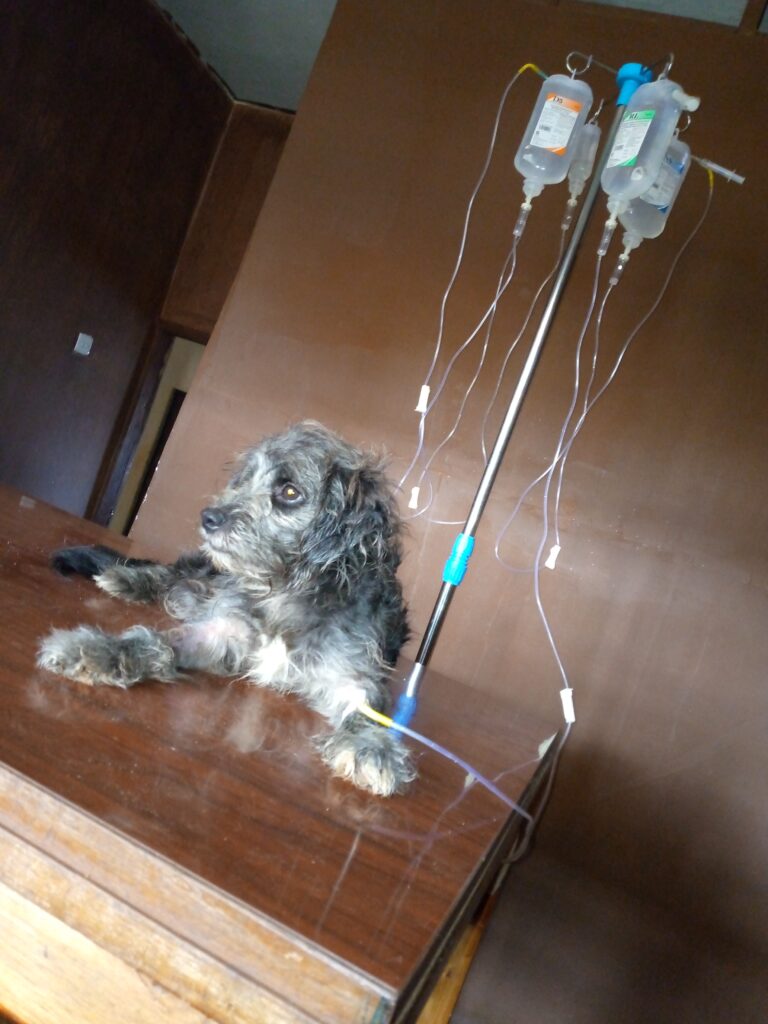Dogs and cats suffer from different kinds of disease and/or conditions. These can be of infectious origin such as bacterial, viral and fungal infections. They can also be of non-infectious origin such as trauma, nutritional deficiencies among others. The affected dog and/or will show certain signs which are usually very clear to the pet owners. Sometimes these signs may be last for a few hours and then the pet will return to its normal behaviors. However, sometimes the signs may persist for so long (usually more than 24hours). In such cases, the pet owner should get worried and should take the pet for a veterinary check-up. Mentioned below are the common signs that most pet owners in Uganda usually report when the pets are sick:
1. Change in appetite
Dog and cats are usually very receptive to food. Any normal cat/dog should receive food with a lot of joy and should start eating as soon as food is served. Unfortunately your pet may start shying away every time food is served. This may be an indicator of a change in appetite. The changes may be;- reduced appetite, where the dig/cat chooses to eat little food compared to what he/she usually eats. It may also be a total loss of appetite (anorexia) where your pet eats totally nothing.
The changes may last for 24hours and your pet may eat again. But if the loss of appetite lasts for more than 1-2days, then this may require medical attention. Therefore if you notice a change in your pet’s eating habit s, you should schedule an appointment with your veterinary doctor or visit a near veterinary clinic as soon as possible
2. Diarrhea
Pets should regularly pass out a firm but slightly moist feces. Unfortunately, your pet may start passing out loose stool and this may be diarrhea. Sometimes diarrhea may be normal as the body purges its self of toxins and/or pathogens. However, diarrhea lasting for more than 48hours should attract immediate attention. The color of the diarrhea may also be an indicator of the underlying condition. For example
- Greenish diarrhea- pet ate too much grass/ gallbladder disease
- Yellowish diarrhea- liver problem
- Black diarrhea- bleeding in the upper GIT
- Bloody diarrhea- gastro-enteritis
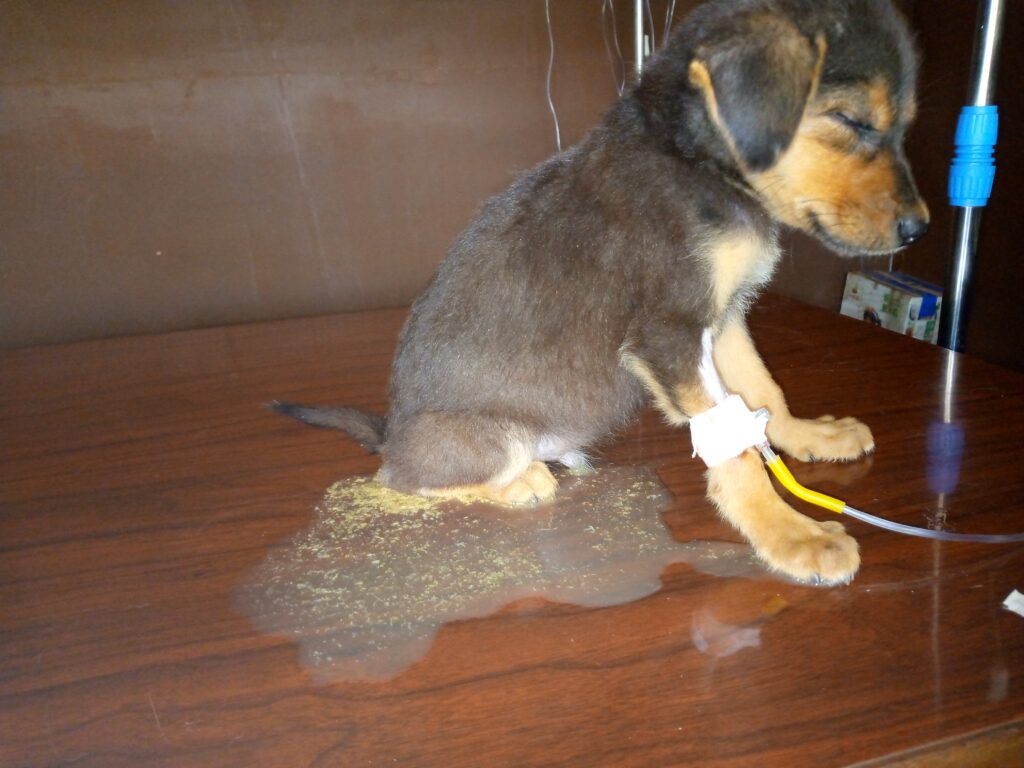
Your pet may start forceful expelling contents from her stomach. this is called vomiting. Vomiting that has lasted so long may require medical attention. A number of factors can cause vomiting such as infection, worms, intestinal obstruction etc.
The color of the vomitus is equally important as it may help in identifying the underlying issue eg
- Yellow- bile common if they vomited on an empty stomach
- Brown- they ate something brown like poo or chocolate
- Bloody- inflammation of the stomach or ingestion of a poison
- Green- dog eat grass
Etc
4. Lethargy
Your dog or cat may become weak and very reluctant to move. The condition may worsen to a level where your pet can no longer stand and move and even support itself. Such dogs will keep sleeping for the whole day. This may also be an indicator that the pet is actually sick and may require medical attention.
Your healthy dog/cat may start to loss/gain weight. This may be progressive for a long period of time despite eating a lot of food, even when better food is served. These changes in weight may present health issues which any pet owner should pay attention to.
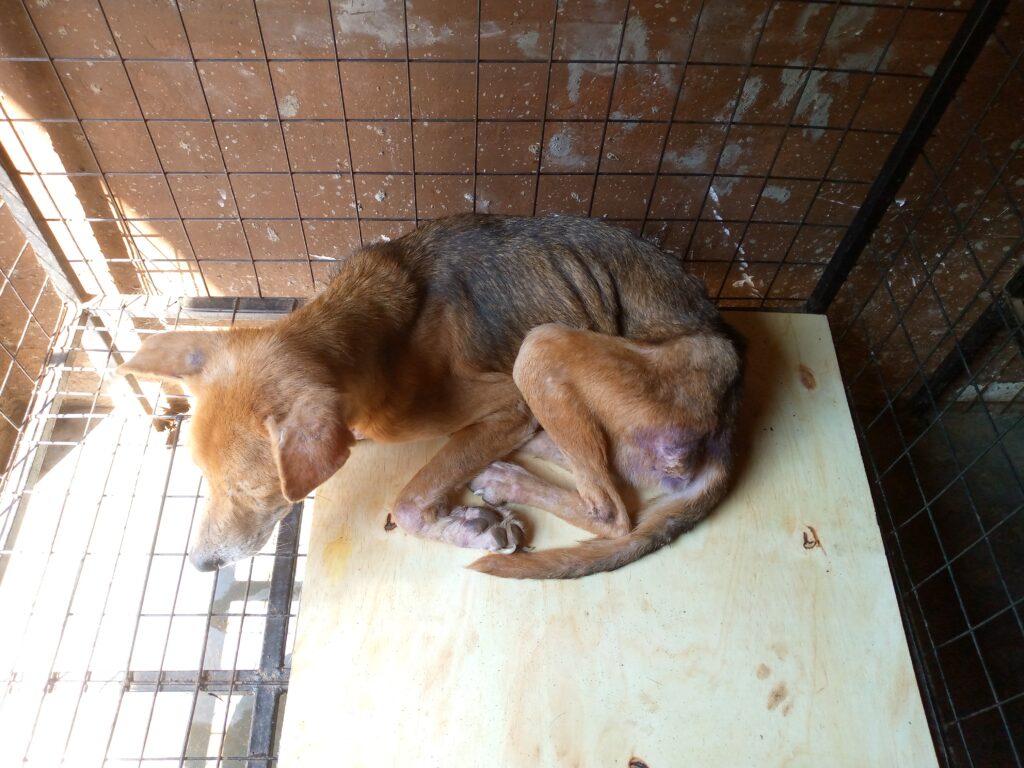
6. Abnormal changes in behavior
These include; hiding (dog seeks out secret places such as hiding under the bed or closet), refusing contact such as moving away when offered belly rubs, clinging behaviors, aggressiveness etc. these may also call for extra care and veterinary attention.
Coughing as well as other respiratory sighs such as running nose, sneezing and labored breathing are also signs that your dog/cat is unwell. If these signs persist for so long should attract your attention.
8. Whimpering
Since your dog can’t tell you where it hurts, they might turn to their only method of communication: vocalizing. A dog that whines or whimpers when getting up and down from their dog bed, grunts while going up or down the stairs, or barks more often could be communicating that something hurts
9. Limping
Your pet may suddenly start limping and find it difficult to walk. It may also start dragging the hind quarter, or lift one of its legs of the ground while walking. He/she may even find it had to climb upstairs or even support its weight and up sleeping all the day long. These signs may also call for emergency intervention.
10. Changes in color of mucus membranes
Normal dogs and cats should have a pink color of the mucus membranes, especially the gum and the eyes. However this color may change anytime to a totally different color which may be an indicator of an underlying disease/condition. For example
- Pale gums- anemia like in cases of high worm burden
- Yellow gums- indicate jaundice like in cases of liver disease.
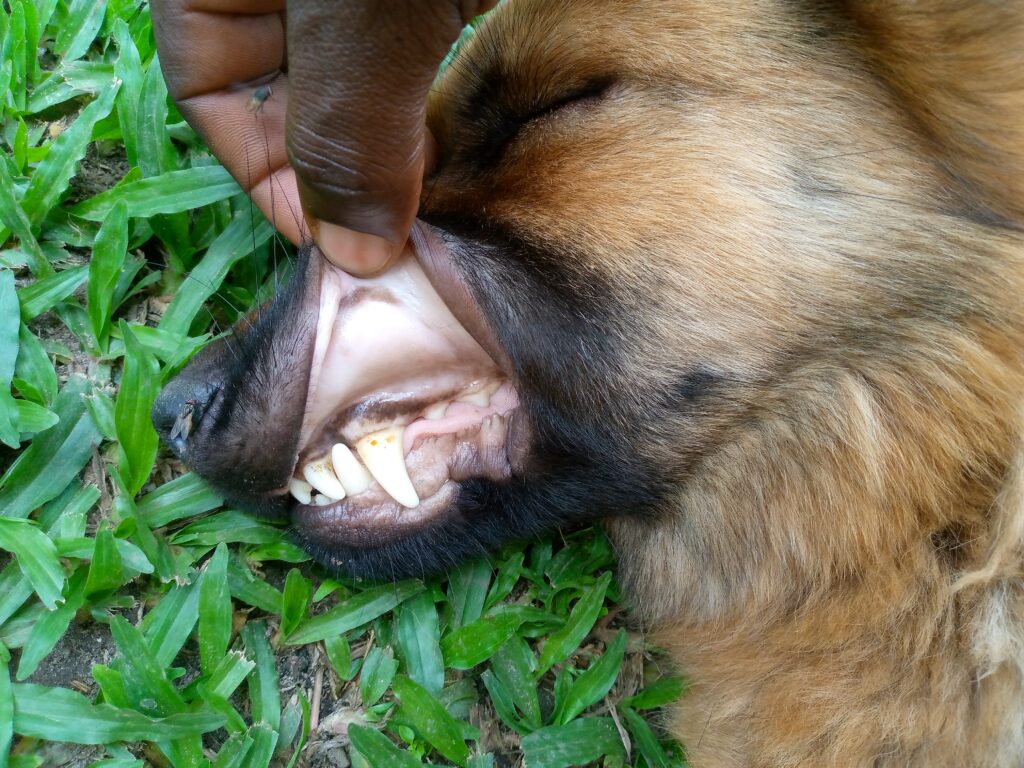
11. Loss of hair/alopecia
Your dog and cat may start losing its hair, this may start as small patches of baldness, which may later enlarge and cover the entire skin surface. The affected part may also become itchy forcing your dog /cat to continuously scratch its self on surfaces. These signs may indicate an underlying skin problem which may require veterinary attention.
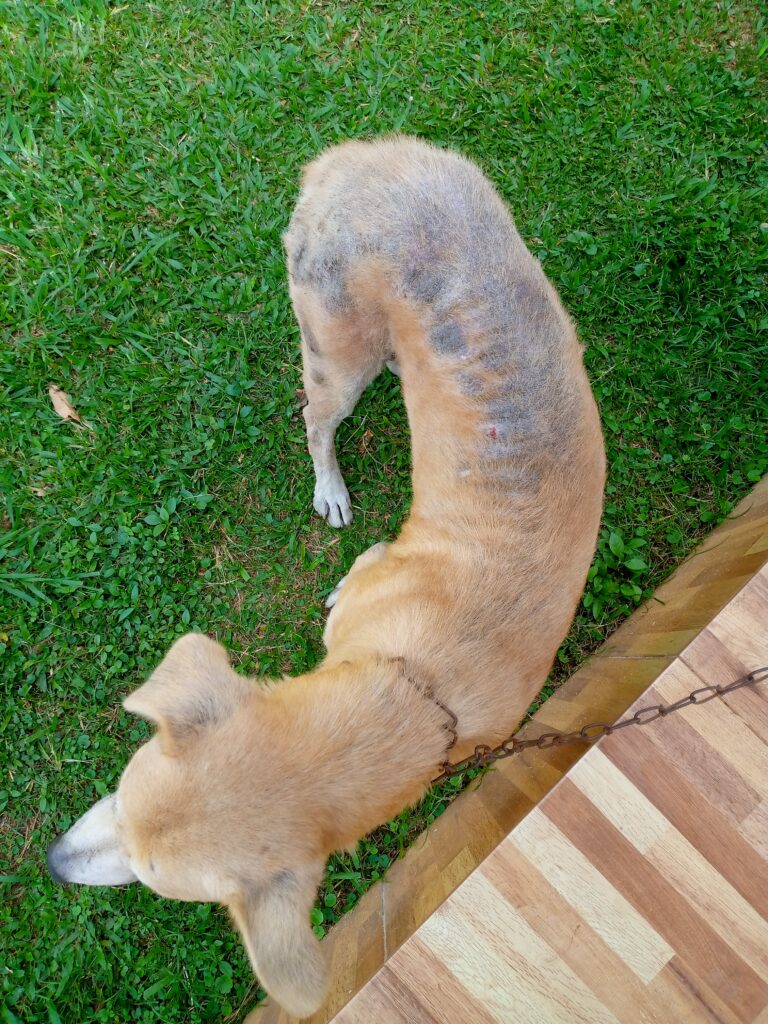
Conclusion
Different diseases will present differently in your dog /cat, since each disease has its spaciffic signs. However, knowing the sign to look out for in pet will help you as a pet owner to know when your animal is sick so that you can take it for veterinary care.

